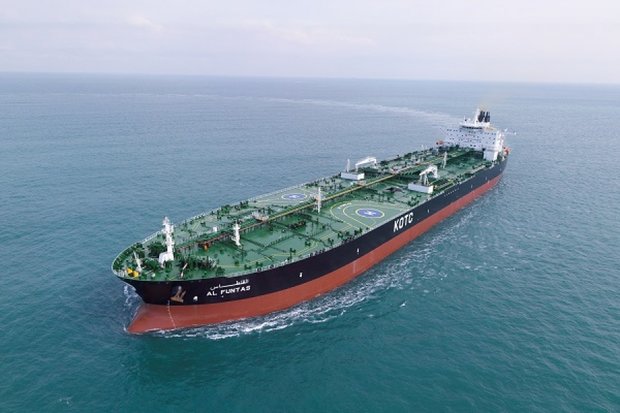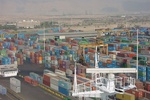Earlier in December, Iran’s Oil Minister Bijan Zanganeh and Russian Energy Minister Alexander Novak reached agreement on finalizing an oil export deal worth 100 thousand barrels per day.
Accordingly, in case of reaching a final agreement between Tehran and Moscow, revenue for 50 thousand barrels will be received in cash while technical and engineering services will be received for the remaining half.
Meanwhile, one predicament faced implementation of the historical contract between Irena and Russia is the technical and operational feasibility of transferring oil from southern to northern Iran by applying changes to the oil transmission network.
On preparation of the oil transmission network in the north of Iran for exports to Russia, Director of the Pipelines Affairs at the Iranian Oil Pipelines and Telecommunications Company (IOPTC) Dariush Amir Sardari said Neka-Tehran pipeline currently has a transmission capacity of 250 to 300 thousand barrels per day.
He noted that in case a final contract is signed with Russia, the possibility exists to reverse the oil transmission direction; “given the oil swap agreement among Caspian Sea littoral states, oil can even be transferred from southern to northern Iran for export purposes.”
The official emphasized that preparation of Neka-Tehran oil pipeline will be accomplished in a short time adding that reversing the transmission direction requires a number of technical modification in certain oil transference centers along the route.
Hassan Bagherian, Director of the Tehran Department of the Iranian Oil Pipelines and Telecommunications Company, had previously told a press conference that the refinery was prepared for swapping oil with northern neighbors of Iran by building the adjoining facilities.
On the other hand, facilities and infrastructures of Neka Oil Terminal, as Iran’s largest crude terminal in the Caspian Sea, have been prepared for berth of huge oil tankers.
Speaking on the latest status of resumption of Iran’s crude oil swap in the Caspian Sea, Seyed Pirouz Mousavi said earlier that, “all Neka Oil Terminal facilities have been prepared for the resumption of crude oil swaps.”
Mousavi announced the accomplishment of repairs, modernization and upgrading of storage tanks, pipelines, loading and unloading facilities in Neka Oil Terminal and asserted that, “after the dredging process giant oil tankers will be able to dock at the terminal.”
Stressing that the dredging operation at Neka terminal has been carried out to the depth of 7.5 meters, the official stated that, “accordingly, we are ready to welcome oil tankers with a capacity of 7 to 8 thousand tons.”
HA/3864873
























Your Comment